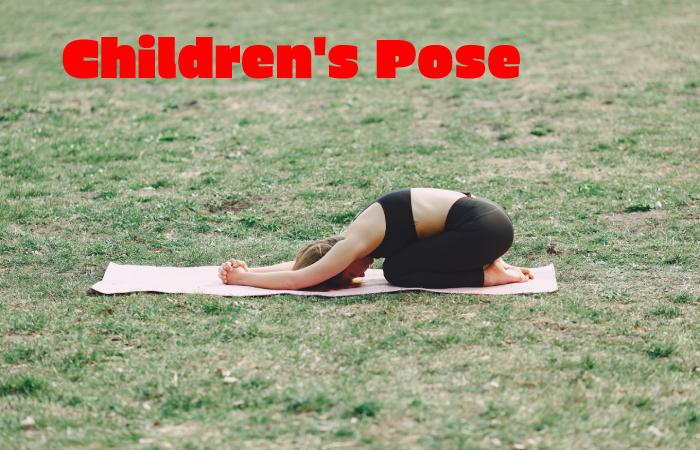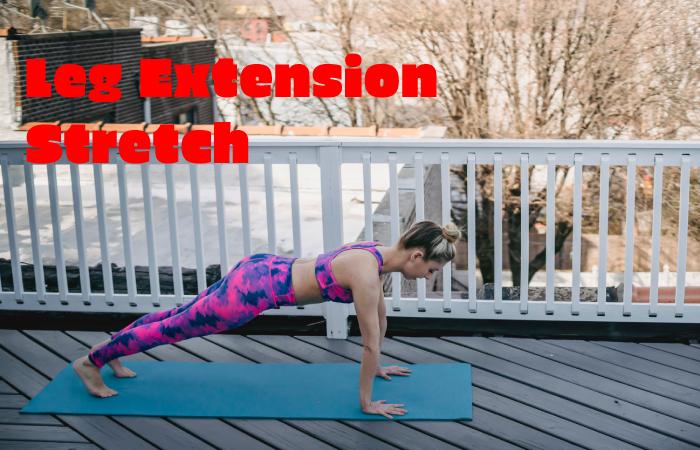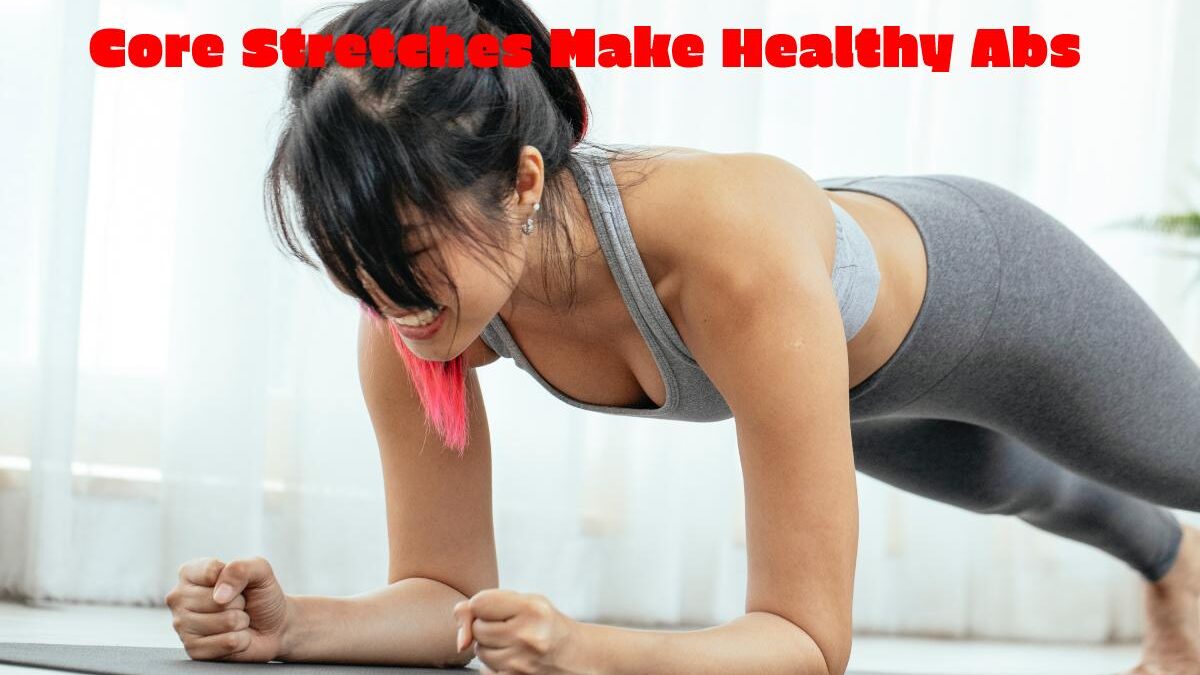Introduction
Nothing revives your muscles and stimulates blood flow like the first stretch you do when you get out of bed in the morning. And while you might stretch your hamstrings or quadriceps before doing some squats or a 5K, focusing on your Core Stretch is crucial.
“Your Core Stretches contains some of the hardest functioning muscles in the entire body and are often disregarded when it comes to stretching.” “However, stretching is crucial, especially for posture, mobility, and flexibility. Additionally, it aids in lowering the chance of injury and back pain.”
Why It’s Vital to Core Stretches for Muscles
Your Core Stretch comprises your lower back, hips, and abdomen muscles. These muscles help maintain your pelvic girdle and spine and allow for smooth hip and torso movements.
In other words, they’re essential for everything you do throughout the day, including carrying groceries upstairs and lifting a computer bag. Stretching exercises concentrating on the core muscles may improve muscular function and promote flexibility. Maintaining their flexibility also helps avoid neck and lower back problems.
Make Use of These 6 Core Stretches.
1. Children’s Pose

The hip and spine extension muscles are stretched in the child’s pose, a typical yoga posture. It might also aid in stress relief and relaxation.
With your ankles extended and your toes pointed back, squat. Lean forward and rest your forehead on the ground while spreading your knees slightly wider than your shoulders.
Your buttocks should be positioned toward the rear of your ankles as you flex your hips and knees to recline. Just outside of your feet, place the backs of your hands on the ground.
Lie in this position and take ten full breaths. If you want to intensify the stretch, extend your arms in front of your head, palms facing down at shoulder width.
2. Snake Pose
Specifically, the rectus abdominis muscle in the front of your abdomen, the cobra posture, strains the muscles that flex your spine forward.
Your hands should be on the floor under your shoulders as you lay on your stomach. Keep your elbows pointing up and your forearms close to your sides. Set your toes back so your ankles are extended.
As you lift your head and chest and arch your spine upward, press your hips firmly into the ground and feel a light abdominal stretch.
Maintain this posture for 15–30 seconds, then descend once more.
3. Leg Extension Stretch

The gluteal muscles involved in hip abduction, extension, and rotation ranges of motion are the focus of the leg crossover stretch. The abdominal side muscles, called obliques, are also stretched throughout the activity.
Knees set and feet flat on the floor. Lie on your back. Straighten your arms out and place them on the ground.
Cross your left ankle over your right knee after lifting and extending your left leg. Deepening the stretch in your buttocks, squeeze your right knee to extend your leg further.
While keeping your arms and shoulder blades on the floor, rotate your hips to the right. Twist, bringing your right knee to the floor as you put your left foot flat.
4. Rotation of the Spine
The spine rotation Core Stretches your lower back and abdominal muscles, which are responsible for turning your torso to the left and right. Your lower back’s tightness might be eased by it.
You are dwelling your feet flat on the ground and sitting on the front control of the chair.
Turn your torso to the left and take both hands off the chair’s back.
Tend your abdominal muscles for five to ten seconds, then relax them. Press your hands firmly onto the chair to spin it more.
After numerous repetitions of this contraction/relaxation cycle, rotate to the right and repeat in the other direction.
5. Cat/cow Stretcher
To attack the Core Stretches as a whole. Back pain sufferers may find it to be of great benefit. Each part of the spine is activated by gradual, controlled movement, which can increase mobility.
Start by getting down on your knees. Pull your belly button into your spine, gather your chin into your chest, and exhale while arching your back.
As you elevate your chin into full flexion, release each component of your spine one at a time, beginning at the tailbone and moving through the lumbar spine, thoracic spine (mid-back), and lastly, your cervical spine.
The motion is then reversed. Observe which parts seem to be stuck. Remember to move gently and take a deep breath. Finish ten to fifteen rounds.
6. A wheel pose
According to Lyons, this advanced backbend Core Stretches while strengthening the entire body. A practitioner’s complete front body can be hurt if they have a flexible spine and shoulders.
Though lying on your back, bend your knees and spread your feet, so they are hip-width apart. Put your hands near your ears, somewhat farther apart than shoulder width.
To fully extend into a back bend, firmly press the hands and feet into the ground.
After inhaling deeply for five breaths, slowly descend to the ground.
Continue six times.

